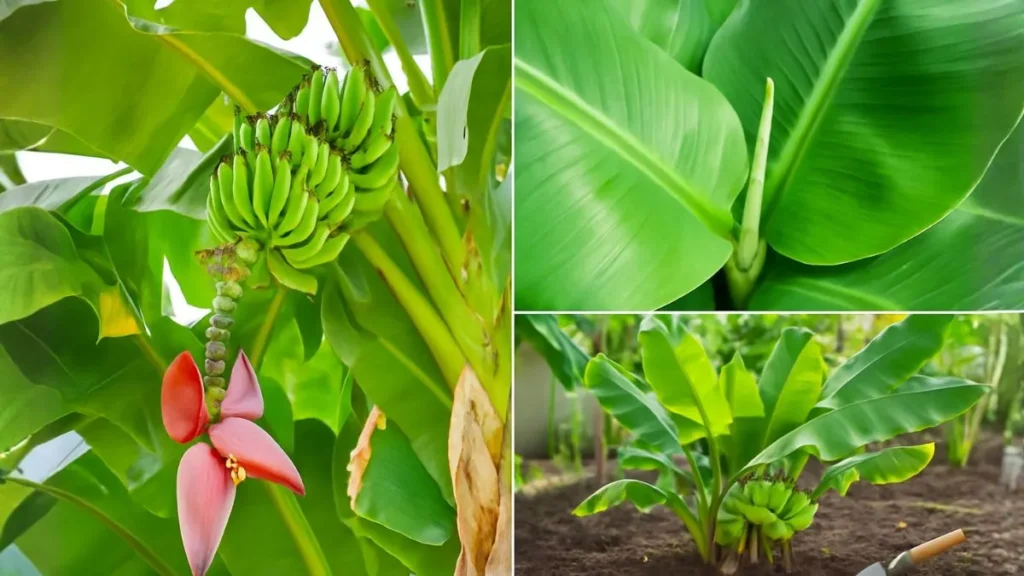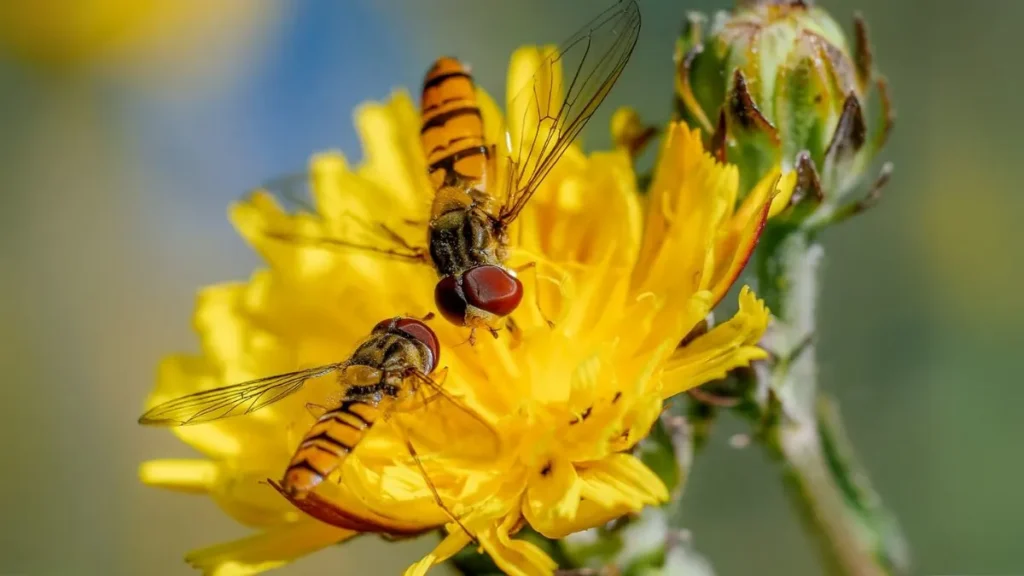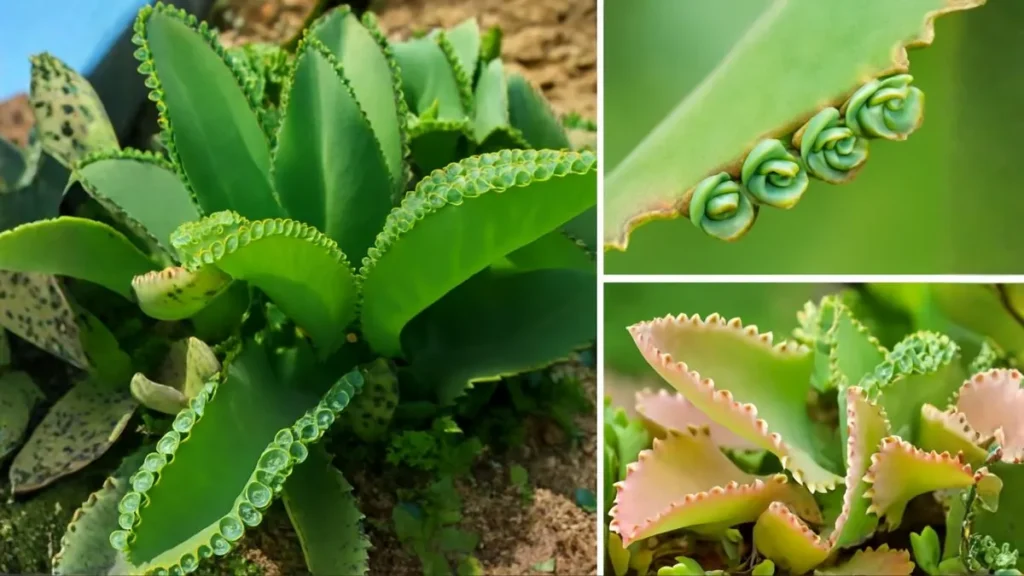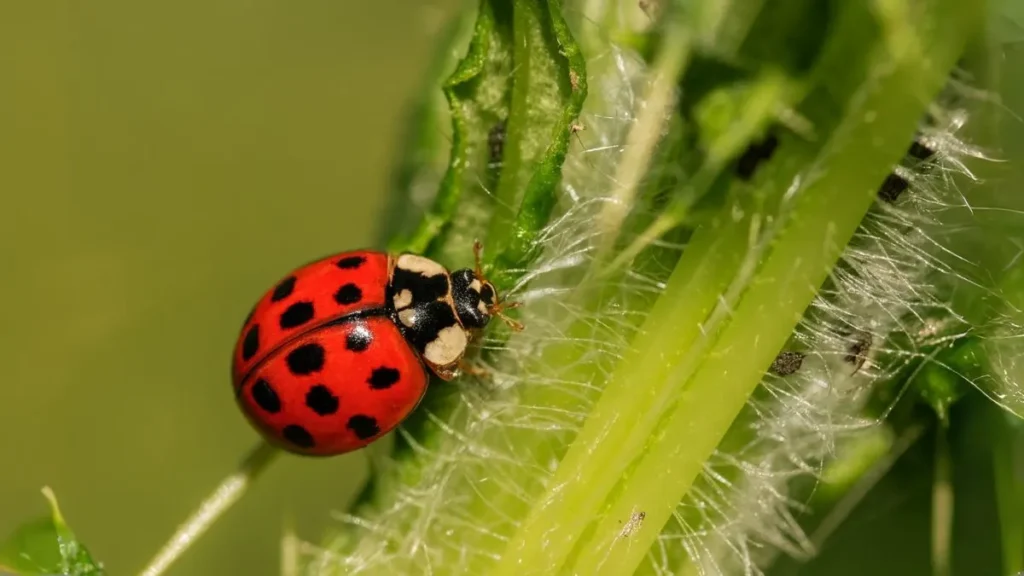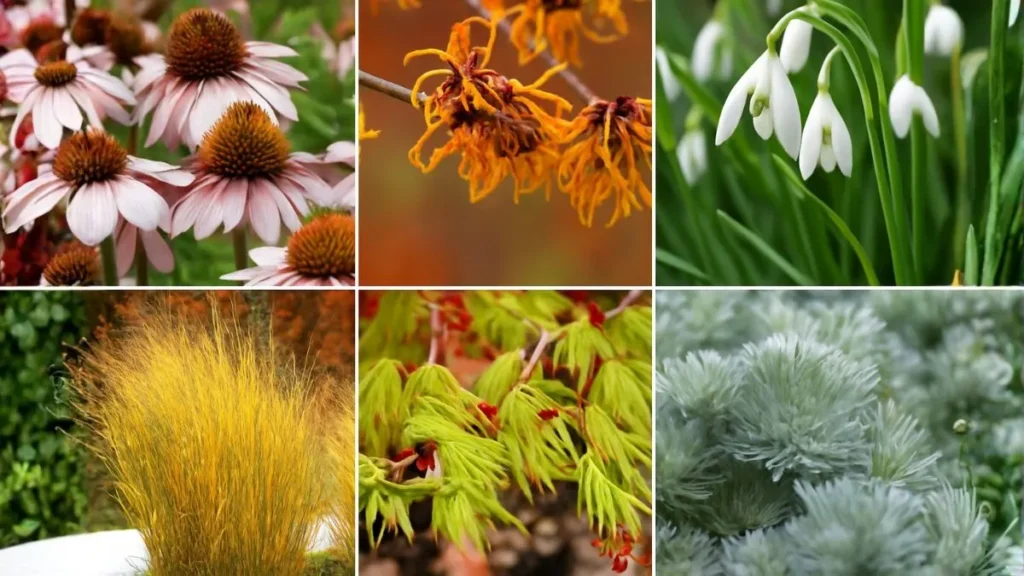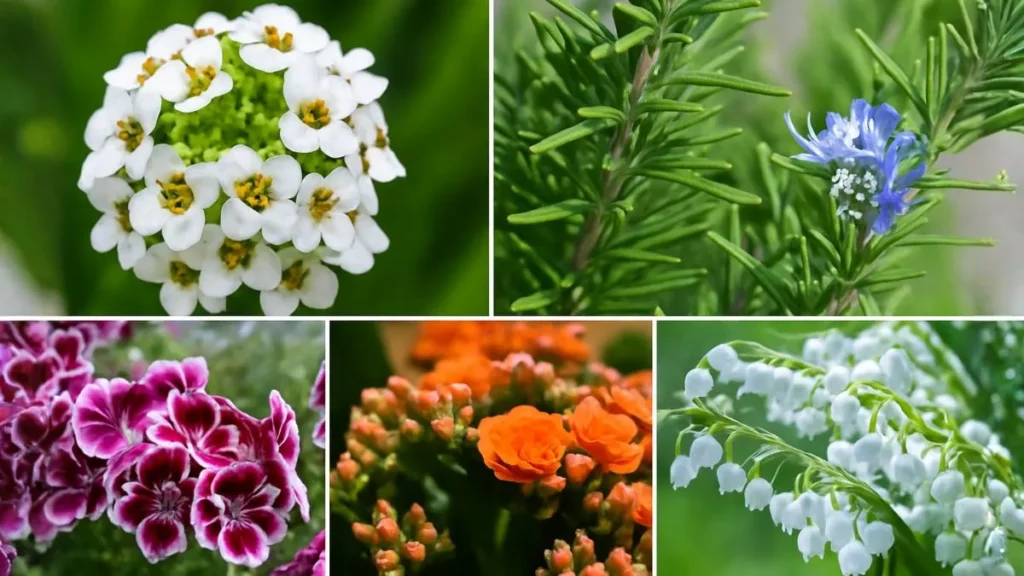If you live in a region blessed with pine trees, you’re familiar with the yearly ritual—autumn and winter bring a carpet of fallen needles across your yard. Many see these as debris to be raked away, but seasoned gardeners know their true value. In nature, pine needles lie in ever-growing mats on the ground, protecting soil, feeding it slowly, and creating an ideal environment for certain plants.
Instead of bagging and discarding them, you can put them to work in your garden as a sustainable, cost-free solution for healthier soil and better-looking beds.
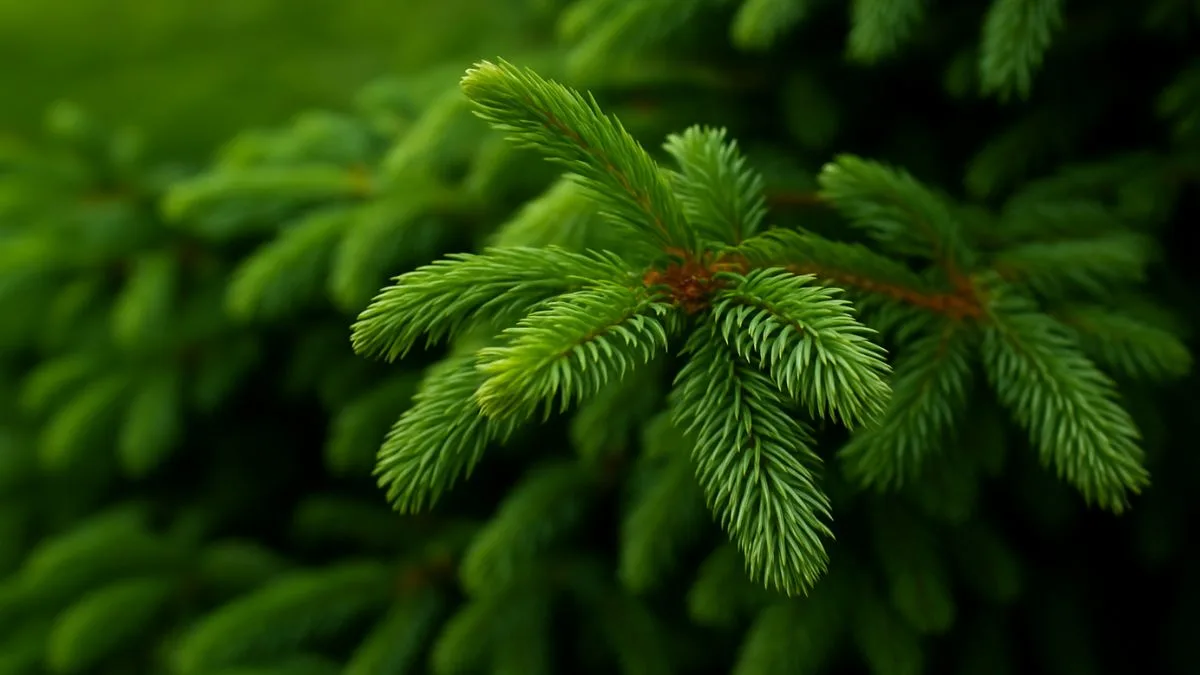
Why Pine Needles Make Excellent Mulch

Unlike heavy bark chips or store-bought mulch, pine needles are lightweight, airy, and renewable. They can be used as a natural mulch, offering benefits like weed suppression, moisture retention, and improved soil health without compacting tightly around plant roots.
Their shape allows rain to filter through while blocking light from weed seeds—a perfect natural weed barrier.
Weed Control – The Mulching Secret
One of the top reasons gardeners love pine needles is simple: its mulch does a good job at limiting weeds. The interlocking needles form a dense layer that prevents sunlight from reaching the soil surface, effectively stopping weed growth before it starts.
This means less back-breaking weeding and more time enjoying your garden’s beauty.
Improving Soil Over Time
Over time, pine needles decompose slowly, enriching the soil with organic matter. This improves texture, boosts nutrient availability, and supports healthy plant growth. Gardeners often use them to add organic matter to the soil, especially in beds where long-term fertility is important.
Another hidden advantage is that they can trap air underneath them, helping keep the soil loose and preventing compaction. This is especially beneficial for shallow-rooted plants and those that require well-aerated soil.
Acidity – The Pine Needle Factor
Fresh pine needles are acidic, which is why they’re ideal for acid-loving plants like blueberries, azaleas, rhododendrons, camellias, and hydrangeas. As they break down, their acidity lessens, making them suitable for a wider range of plants over time.
If you’re concerned about soil pH, a simple soil test before heavy application can help you adjust your approach.
Also Read: Grow Big Basil in a Pot – Step-by-Step Guide for a Lush Harvest
Safety Considerations – Fire Hazard Awareness
While pine needles are excellent in many ways, it’s important to remember that they are easily ignited, and can be a fire hazard in dry, windy conditions. If you live in a wildfire-prone area, avoid placing them close to buildings or dry shrubs, and keep mulch layers thinner to minimize risk.
In such regions, it’s safer to combine pine needles with other less-flammable mulches.
Pros and Cons of Pine Needle Mulch
Pros |
Cons |
Natural weed control |
They are easily ignited, and can be a fire hazard |
Improves soil structure |
Pine needles are acidic (fresh) |
Retains soil moisture |
Needs refreshing as it breaks down |
They can trap air underneath them |
Can blow away in high winds |
Turning Waste into Garden Gold
When I moved into my home in North Carolina, I spent the first few winters raking up endless piles of pine needles. A gardening neighbor suggested using them as mulch instead of sending them to the compost heap.
The results were immediate—my hydrangeas burst into brighter blooms, weeds became almost nonexistent, and my blueberry bushes thrived in the slightly acidic soil. Now, I actually look forward to the fall drop.
Best Plants for Pine Needle Mulch
Because pine needles are acidic, they’re perfect for plants that thrive in lower pH soils:
- Blueberries
- Rhododendrons
- Camellias
- Hydrangeas
- Azaleas
For neutral or alkaline-loving plants, simply use aged pine needles to reduce the acidity effect.
Also Read: Why Your Plants Are Struggling – And How to Heal Them Fast
Tips for Using Pine Needles Effectively
- Apply a 2–3 inch layer around plants, avoiding direct contact with stems.
- Refresh the mulch annually as older needles break down.
- Use fresh needles for acid-loving plants; older, weathered needles for general garden beds.
- Keep mulch layers thinner in areas prone to fire.
- Combine with other mulches for added protection and aesthetics.
Why Pine Needles Outperform Some Other Mulches
While wood chips and shredded bark are popular, pine needles have unique qualities: they’re lighter, form a natural barrier against weeds, allow airflow to plant roots, and don’t form a hard crust. Their airy structure discourages mold growth and keeps soil healthier over time.
A Natural Mulch Worth Keeping
It’s time to rethink how you see that yearly pile of pine needles. They aren’t waste—they’re an asset. From enriching your soil and supporting acid-loving plants to providing weed control, they can be used as a natural mulch, offering benefits like weed suppression, moisture retention, and improved soil health.
Yes, they are easily ignited, and can be a fire hazard, but with careful use, this free resource can transform your garden into a thriving, low-maintenance space. Instead of bagging them up, let nature’s mulch work for you.
